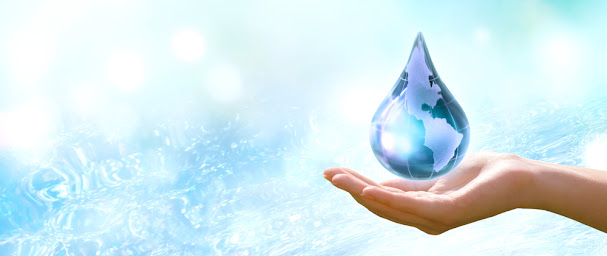1.
Use water bubblers instead of individual bottled water. This reduces the use of single-use plastic
bottles. Make sure you use glassware not
plastic cups.
2.
Ask your venue if they use water-efficient appliances/
3.
Promote mindful water consumption: Encourage participants
to be conscious of their water consumption. Remind them to only fill their cups
or glasses with the amount of water they need to minimize waste.
4.
Display signage: Place visible signs near sinks or water
dispensers reminding attendees to turn off the tap tightly after use. This
helps prevent water wastage due to dripping faucets.
5.
Implement a water station strategy: Set up a designated
water station where attendees can refill their bottles or cups throughout the
meeting. This reduces the need for new cups or bottles and promotes reusable
options.
6.
Optimize restroom facilities: Ensure that the restroom
facilities are equipped with water-saving features such as low-flow toilets, dual-flush
mechanisms, and aerators on faucets. These measures can significantly reduce
water usage.
7.
Avoid unnecessary ice usage: Be mindful of ice usage for
beverages. Avoid excessive ice in drink dispensers or pitchers, as it can melt
unused and go to waste.
8.
Do not pre-set beverage at events.
9.
Spread awareness: Before and during the meeting, raise
awareness about the importance of water conservation. Educate attendees about
the impact of water scarcity and encourage them to adopt water-saving habits in
their daily lives.
By implementing these
conservation strategies, you can make a positive impact on water usage during
your meeting while promoting sustainable practices among attendees.





Comments
Post a Comment